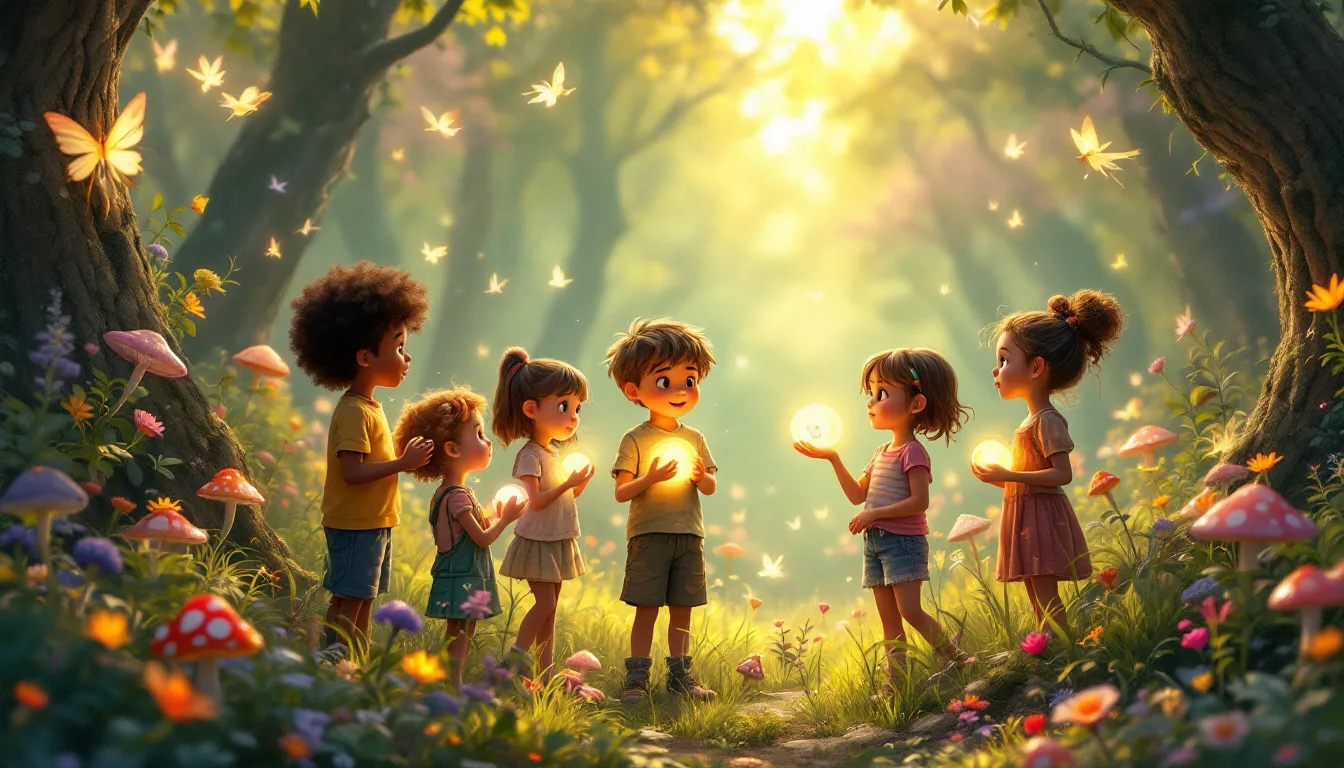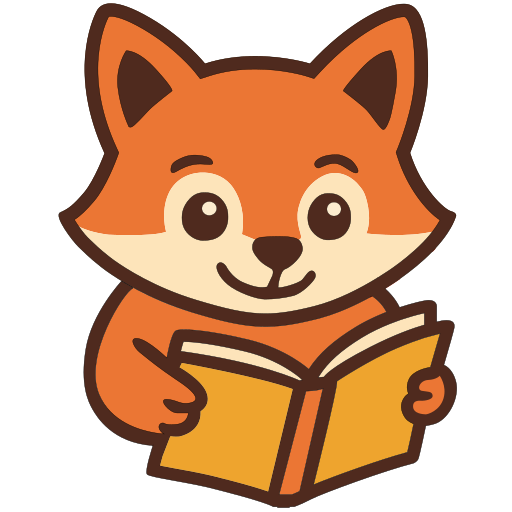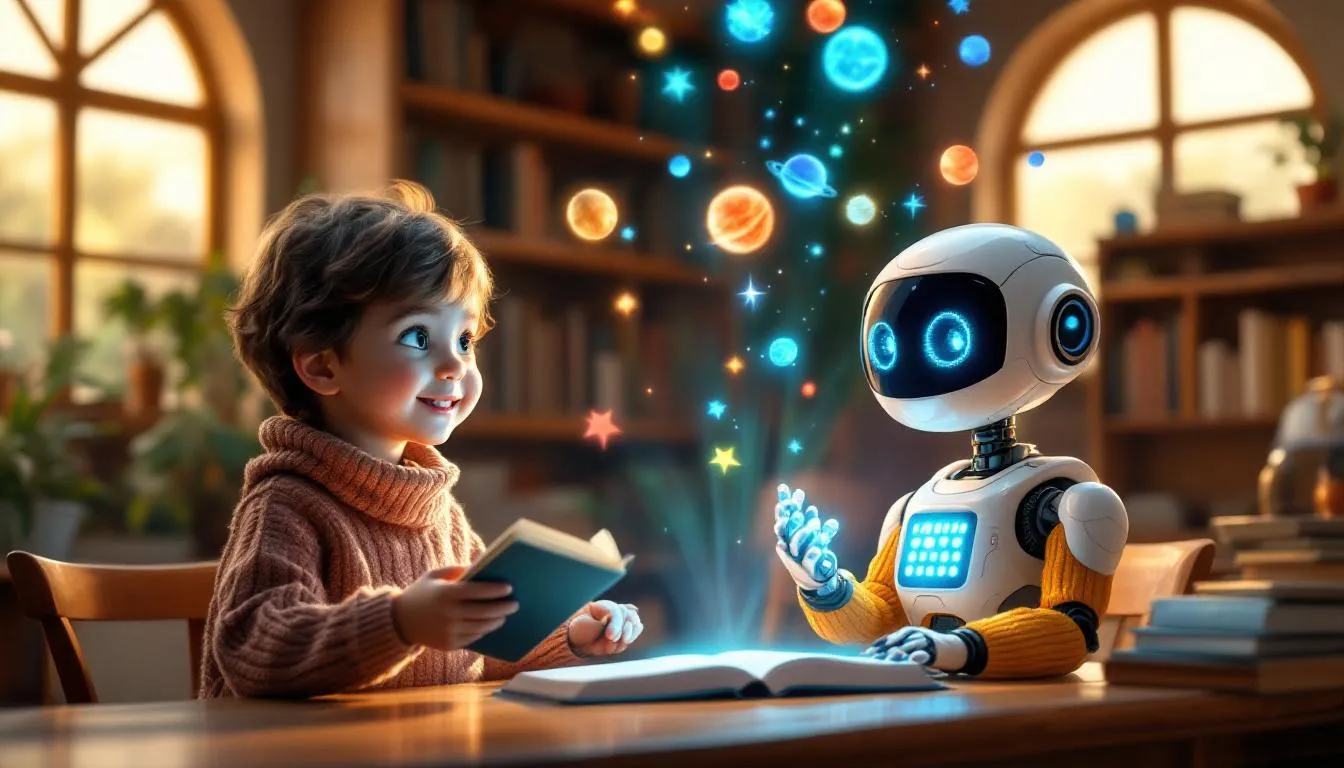Table of Contents
Understanding Gender Identity in Early Childhood
When discussing gender identity in early childhood, it’s about understanding who we are and how we feel inside. Some kids identify as boys, others as girls, and some don’t fit neatly into these categories. Books are invaluable tools on this journey, opening up worlds of understanding and empathy. They help children see themselves and others in diverse lights. As we explore selecting the right stories, remember that these books are stepping stones toward acceptance and love.
Criteria for Selecting Children’s Books on Gender Identity
Choosing books about gender identity requires careful consideration of your child’s age. For ages 4-8, stories should be simple yet powerful, delivering clear messages without overwhelming them. My six-year-old daughter loves stories with relatable characters. At this age, children absorb everything around them, so books should meet them at their level with accessible language and themes. A good rule of thumb is to find books that gently introduce concepts through everyday scenarios.
Inclusivity and diverse representation are essential. Kids should see a variety of identities and experiences reflected in their reading materials. Imagine a world where every child can find themselves in a story! This diversity helps children understand themselves and fosters empathy. I recall my son’s class reading a book featuring a non-binary character, which sparked a conversation at home about celebrating uniqueness.
Engaging storytelling is also crucial. A compelling narrative with vibrant illustrations can capture a child’s imagination and leave a lasting impression. My kids are drawn to books with colorful pictures and dynamic characters. Illustrations should be as diverse and dynamic as the stories they accompany, breathing life into the text.
With these criteria in mind, parents and educators can build a library of books that enlighten and entertain, laying a foundation for more in-depth discussions as children grow.
Top Children’s Books Addressing Gender Identity
Let me share some of my favorite children’s books that beautifully address gender identity and have sparked enlightening conversations at home.
One standout is “I Am Jazz” by Jessica Herthel and Jazz Jennings. This book, based on Jazz Jennings’ real-life experiences as a transgender girl, features vibrant illustrations and a heartfelt narrative. It invites children to empathize and understand what it means to feel different inside than others might expect. My curious daughter found Jazz’s story touching and inspiring, opening a gentle dialogue about acceptance and authenticity.
Another gem is “Red: A Crayon’s Story” by Michael Hall. This clever tale uses the metaphor of a crayon labeled red that feels blue inside. Its simplicity allows children to grasp the concept of being true to oneself, regardless of external labels. My son loved this book; he giggled at the fun illustrations but pondered the deeper meaning, realizing that perception doesn’t always match inner identity.
Lastly, “Jacob’s New Dress” by Sarah and Ian Hoffman tells the story of Jacob, a boy who loves wearing dresses. This book sensitively addresses challenging traditional gender roles and promotes self-expression. I remember the lively discussion that followed our reading, as my kids debated the importance of being unique.
These books have been invaluable in my household, nurturing empathy and acceptance. They’re ideal for parents and teachers looking to introduce these essential themes to young readers. Let’s explore how these books can be woven into educational settings to further enhance learning and inclusivity.
Implementing Books in Educational Settings
Incorporating books about gender identity into educational settings can transform students and educators alike. When I first introduced these themes in my classroom, I was amazed at the depth of understanding and empathy that emerged. Here are some tips for educators aiming to weave these important stories into their lesson plans.
Start by selecting a few key books that align with your classroom’s current themes. For instance, if you’re discussing family dynamics, include a book like “Heather Has Two Mommies” by Lesléa Newman. This broadens the conversation and allows students to see diverse family structures. Integrate these books into reading time, encouraging students to share their thoughts or questions. I find that kids are curious and eager to learn when they see themselves or their peers reflected in stories.
To foster inclusive discussions, create an environment where every student feels safe to express their thoughts. Establish ground rules for respect and open-mindedness, encouraging students to listen actively and consider different perspectives. You might be surprised by how naturally children engage in these conversations when given the chance.
Pairing books with activities can deepen understanding. After reading “Red: A Crayon’s Story,” I had my students draw their own crayons and write about a time they felt misunderstood. This prompted insightful responses and personal connections to the story. Projects like creating a class mural celebrating diversity or writing letters to the characters can also enhance learning.
As educators, we have the privilege of opening young minds to the world’s rich tapestry of identities and experiences. Thoughtfully integrating these books into our teaching sets the stage for a generation that values empathy and acceptance.
Tips for Parents: Encouraging Open Conversations
Reading books about gender identity with our kids opens a door to understanding and acceptance right in our living rooms. When I explore these stories with my kids, I aim for a cozy environment where they feel safe to ask questions, no matter how big or small. This sets the stage for honest conversation. I start by reading the book aloud, pausing to discuss the story and illustrations, turning reading time into a shared adventure.
Questions inevitably pop up, offering opportunities to deepen understanding. My daughter once asked why Jazz from “I Am Jazz” felt different inside. I explained that sometimes our hearts and minds don’t match what others see, and that’s perfectly okay. Answering such questions with honesty and simplicity reassures children and encourages exploration. It’s important to validate their feelings while gently guiding them toward empathy.
Creating a gender-inclusive home library further nurtures exploration. I mix our book collection with stories reflecting a spectrum of identities and experiences, normalizing diversity and making every reading session a chance to learn something new. It’s like planting seeds of inclusivity that grow into a forest of understanding.
As we continue these conversations at home, knowing where to find additional resources can make this journey smoother. Whether books, online communities, or educational tools, having support empowers us to foster a more accepting world for our children.
Additional Resources and Support
Navigating the journey of gender identity with our children can feel like embarking on an uncharted adventure. Thankfully, we aren’t alone. Numerous online communities and support groups allow parents and educators to connect, share experiences, and find guidance. One of my favorite online spaces is a parenting forum dedicated to diversity and inclusivity, where I’ve found invaluable advice and camaraderie. Here, parents swap stories, recommend books, and share how they tackle tricky questions. It’s a comforting reminder that we’re part of a larger community, all striving to raise understanding and empathetic children.
For those looking to dive deeper, there’s a wealth of further reading and educational materials available. Websites like Welcoming Schools offer lesson plans and resources tailored to educators, while many libraries have dedicated sections for LGBTQ+ literature. For a comprehensive list of diverse picture books on gender identity, online resources can be invaluable. I love browsing our local library’s online catalog, often discovering new titles I hadn’t considered before. These materials equip us with knowledge and provide tools to create more inclusive environments at home and school.
Sometimes, personalized support is necessary. Reaching out for professional guidance can be a wise step. Specialists in child psychology or gender identity can offer insights tailored to your family’s needs. When I had questions about supporting my children’s understanding, consulting with a counselor provided clarity and confidence. Don’t hesitate to seek experts who can offer advice specific to your situation.
Gathering these resources and expanding our understanding equips us and our children with knowledge, laying the foundation for a more inclusive future where everyone feels seen, heard, and valued.
Conclusion: Fostering a Culture of Inclusivity and Understanding
Introducing children to gender identity concepts early plants seeds of empathy and acceptance that blossom into a lifetime of understanding. When kids see diverse characters in books, they learn to appreciate differences and embrace inclusivity. This early education fosters a mindset where all individuals are valued for who they are. As parents and educators, let’s curate spaces that celebrate diversity, encouraging young readers to be compassionate and open-minded. Together, we can nurture a generation that stands up for acceptance and equality, creating a world where everyone feels at home.







